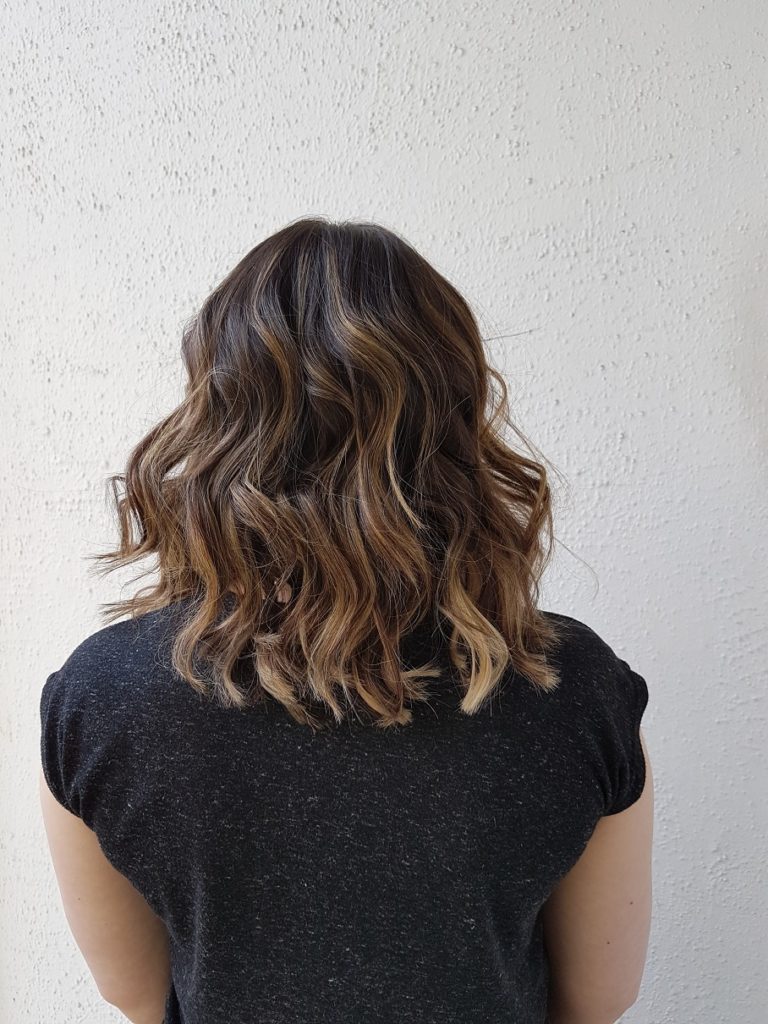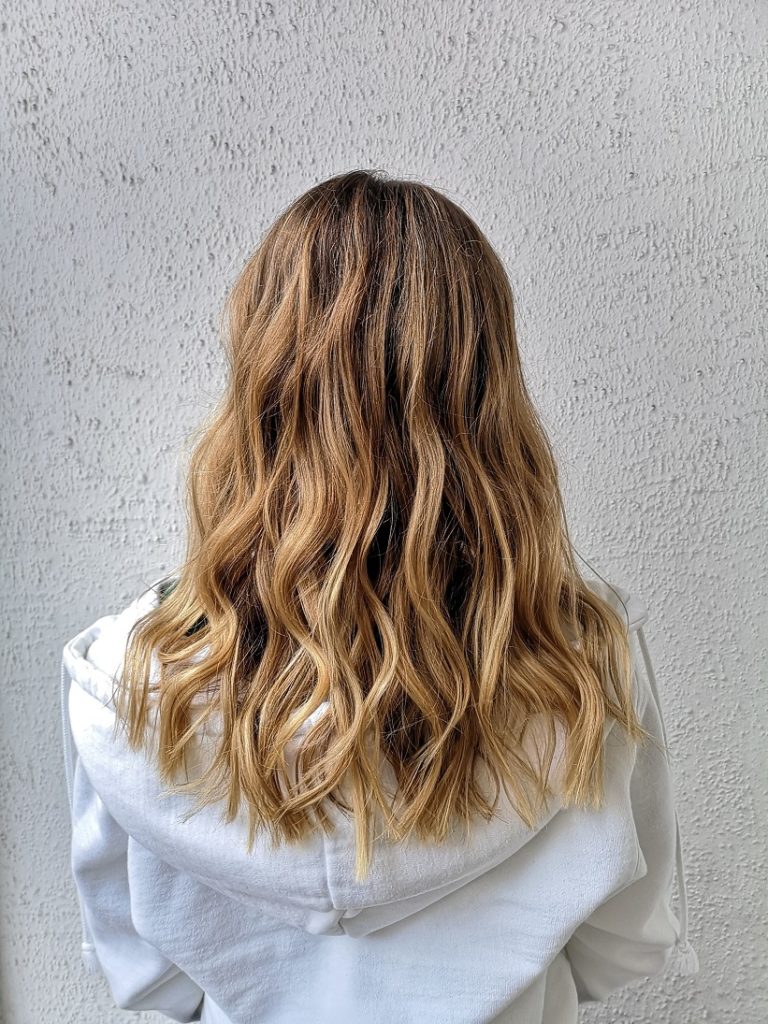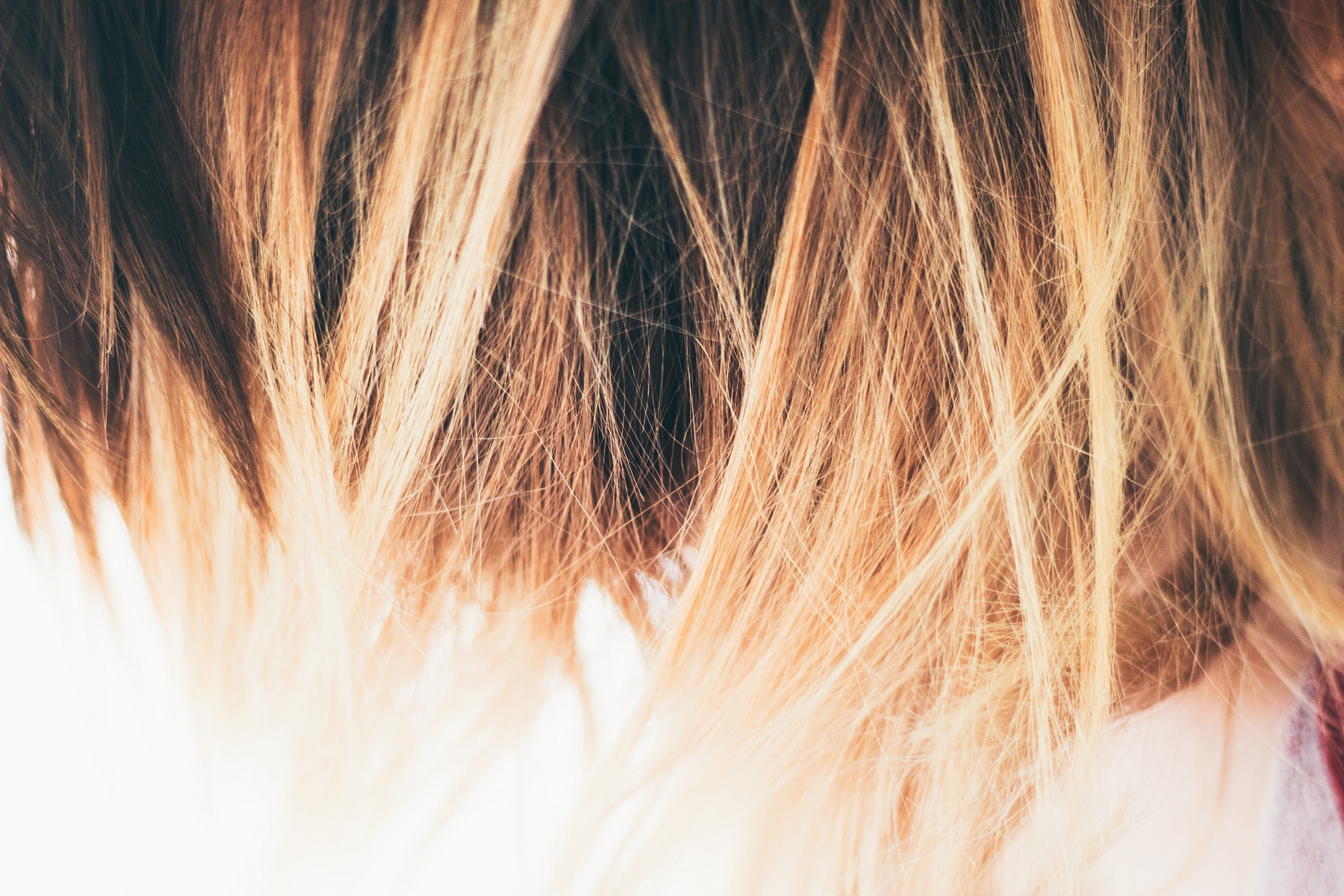The first taste we had of any of these was back when people were sporting some very severe dip dyes (or dip tries as my husband called them). The trend of heavy roots while still being blonde seemed like just that – a trend. But many years later it is still the height of fashion and a common request in the salon. Although now no one really knows what the difference is. In this post I’m going to attempt to answer the ever-discussed debate of whether to opt for a balayage, ombré or dip dye.
Why would I ask for one of these techniques in the first place?
Before establishing the difference between a balayage, ombré or dip dye, first let’s assess if any of them are a suitable option for you. Essentially these colours are designed to be low maintenance. They’re aimed at people that want to be blonde but either don’t want to visit a salon every 6-8 weeks, or don’t have the budget for it. Generally, they do not give a ‘full’ coverage, you will still see some root/natural colour coming through.
Ombré

This is a French word; it directly translates to ‘shade’ or ‘shadow’. This ‘shadow’ we refer to, is your natural hair colour. So the ombré technique is one which allows you any colour of your choosing throughout your ends, while leaving a shadow (darker area) at the root. This root area can remain your natural colour. This is often what more people opt for as it means the colour can softly grow out until you choose to top it back up. You can choose to have your natural hair colour at the root changed and continue to have this touched up in between ombré appointments.
The majority of people opt for an ombré as it offers a dimensional/two-tone colour that melts out and blends beautifully. There is also the term ‘sombré’ floating around, this translates to ‘dark’. But I feel the clever sausage who coined it in the hairdressing industry meant the ‘s’ to stand for subtle, or soft. It generally refers to just that, a more subtle ombré. The contrast between the shadow area and the ends being a lot less striking, yet still effective.
In conclusion, a great low maintenance option for people
that want to change their hair colour and then not have to think about it for 6 months.
Balayage

Again French, this means ‘sweeping’. In relation to your hair, it refers to the actual method used to apply the colour as a sweeping motion. Balayage is done organically by hand painting the desired colour commonly lightener) in a sweeping motion. This technique offers a look that is likened to a natural sun-kissed blonde. With heavy focus being on brightening up the front hairline
around the face.
It is similar to an ombré in that the contrasting colour (more often blonde in this case), is more heavily focused on the ends of the hair. Unlike an ombré, the balayage sees more pops (dare I say streaks?) of light closer to the root. Sometimes a few babylights (a fancy name for very fine highlights) are scattered in there as well to brighten up the root area. There is still less colour at the natural root than there would be if you were having highlights, and so you still achieve a slight ‘shadow’ effect. This means it still grows out a lot softer and slower than highlights would.
It’s a great option for someone who wants to be more blonde
and see more colour at their root and around the hairline, whilst still only requiring maintenance about every 3 months.
Dip dye

This is the look that really started it all. The name itself conjures up images of one literally dipping some hair in dye. The colour itself doesn’t look too dissimilar to this. Done well, the result of a dip dye is a blend of two contrasting colours, with the demarcation area being relatively obvious. The difference between this and a balayage and ombré is that whereas they offer a more natural look, that looks like either a grown out or soft colour, the dip dye is a more severe, ends focused colour.
I personally favour a back-brushing technique when doing a dip dye. Taking sections of hair and
back-brushing them and applying colour to the ends, this allows a perfect melt out of the colour. Sections are worked at the same level so that the result is a uniform melt. It slowly evolved into the balayage and ombré techniques as people begun craving more colour but did not want to go straight to the high maintenance hassle of highlights.
This technique is more for those that just want to see a heavy contrasting colour on their ends. Once done people often leave it up to a year before having it redone, or they just get addicted to blonde and it evolves into a balayage or ombré.
Conclusion
So now that you hopefully understand each technique a bit better to know what you are asking for, allow me to summarise. A balayage is the technique that features colour closest to the roots and hairline. An ombré is a bit further away and is more of a grown-out root situation. Whereas a dip dye is a more striking look with colour just on the ends. All techniques focus more colour on the ends than on the roots, and need topping up less frequently than highlights.
The decision as to which to have done is determined ultimately by how much light/colour you would like to see in your hair. If you are still unsure, get in touch and book a complimentary consultation to come and discuss your colour with on of the tribe.
![The Hair Movement [ the salon ]](https://thehairmovementsalon.com/wp-content/uploads/2019/03/The-Hair-Movement-LOGO-NEW-MOCK.png)
